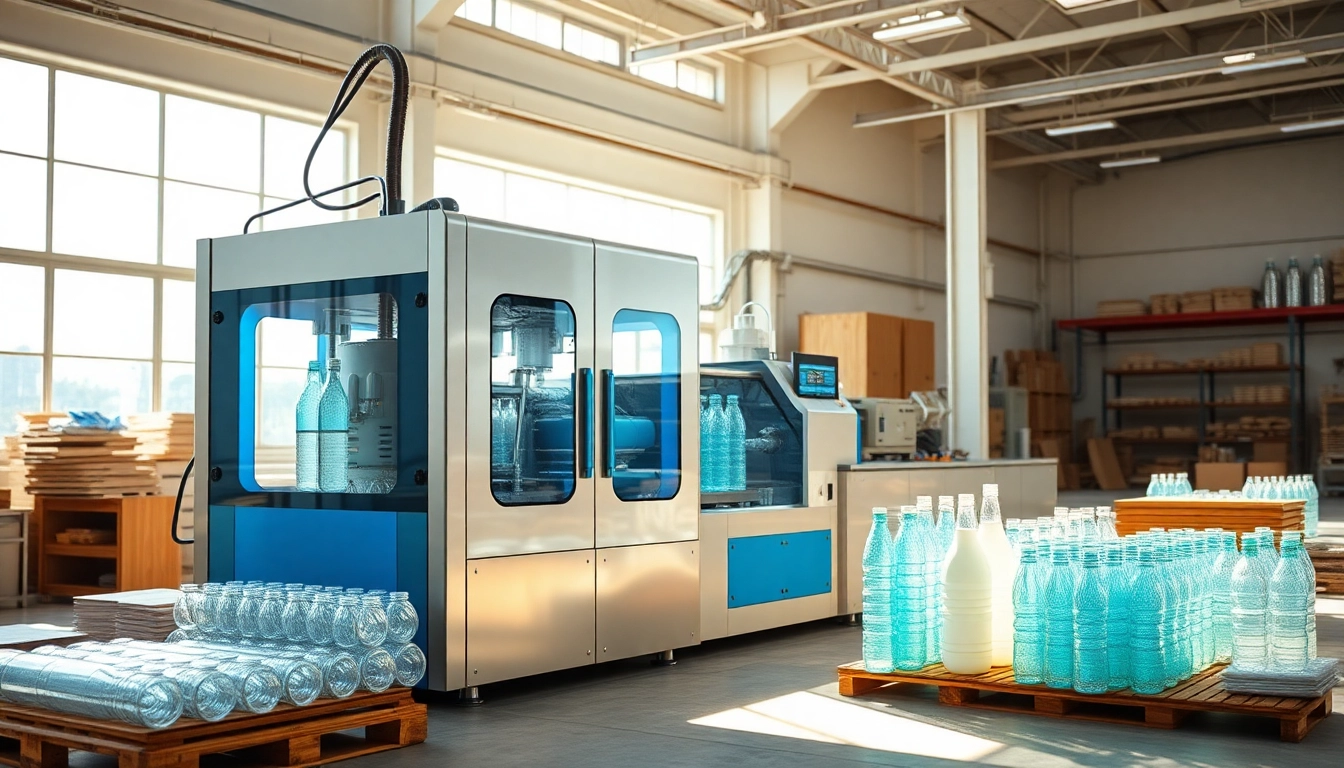What is Laminating Resin?
Defining Laminating Resin
Laminating resin is a critical material used in various construction and manufacturing processes, particularly in the field of composite materials. It acts as a binding agent that holds together layers of fiberglass or other reinforcement materials, resulting in a strong, cohesive structure. When used appropriately, laminating resin can significantly enhance the durability and performance of products ranging from boats to automotive components.
Types of Laminating Resin Available
There are primarily two types of laminating resin widely used in the industry: polyester and epoxy. Each type possesses unique characteristics that make them suitable for specific applications.
- Polyester Laminating Resin: This type is known for its affordability and ease of use, making it a popular choice among DIY enthusiasts and professionals alike. Polyester resins are typically used in applications where high heat resistance or chemical resistance is not critical.
- Epoxy Laminating Resin: Epoxy resins offer superior bonding strength and flexibility. They are particularly advantageous in situations requiring better adhesion and chemical resistance. This makes epoxy ideal for high-performance applications in aerospace, marine, and automotive domains.
Common Uses of Laminating Resin
Laminating resin is employed in a variety of applications, thanks to its properties that enhance the performance and longevity of materials. Some of the most common uses include:
- Boat Building: Laminating resin is vital in the construction of fiberglass boats, providing structural integrity and resistance to water damage.
- Automotive Parts: It is used to fabricate lightweight yet strong components in vehicles, improving fuel efficiency without compromising safety.
- Wind Turbine Blades: The energy sector utilizes laminating resin to manufacture wind turbine blades that can withstand harsh environmental conditions, ensuring long service life.
- Sports Equipment: From surfboards to bicycles, laminating resin contributes to the performance and durability of various sports equipment.
Benefits of Using Laminating Resin
Durability and Strength Factors
One of the primary advantages of laminating resin is its ability to enhance the durability and strength of composite materials. When laminating resin is cured, it forms a solid, rigid layer that bonds fiberglass and other reinforcements together, resulting in a composite structure that can withstand significant stress and impact. The mechanical properties of laminating resin allow for the creation of lightweight materials that do not compromise strength, making them ideal for applications where structural integrity is paramount.
Cost-Effectiveness in Projects
Laminating resin is often considered a cost-effective solution for various projects. The ability to create stronger materials at a lower weight contributes to overall material efficiency, reducing costs in transportation and manufacturing. Additionally, thanks to advancements in resin formulations, users can achieve better performance characteristics without noticeably increasing expenses in raw materials.
Fast Curing and Processing Times
In today’s fast-paced manufacturing environment, speed is crucial. Laminating resins generally cure rapidly, allowing for quick turnaround times on projects. This fast curing process also means that layers can be built up quickly, reducing the time spent on each project and enabling manufacturers to increase their output without sacrificing quality.
How to Choose the Right Laminating Resin
Evaluating Project Requirements
Choosing the right laminating resin requires a thorough understanding of the specific project requirements. Factors such as mechanical load, environmental conditions, and desired finish will influence the choice of resin. Projects requiring superior adhesion and flexibility will benefit from epoxy laminating resin, while polyester may suffice for simpler applications.
Comparison of Polyester vs. Epoxy Laminating Resin
When selecting between polyester and epoxy laminating resin, it is crucial to consider their characteristics:
- Polyester: Generally less expensive, easy to work with, and suitable for many applications, but offers lower mechanical properties compared to epoxy.
- Epoxy: Higher adhesion, better chemical resistance, and superior mechanical properties. However, epoxies tend to be costlier and require more precise mixing and application techniques.
Factors Influencing Selection
Several factors may influence the selection of the right laminating resin for your project:
- Chemical Resistance: If the end product will be exposed to chemicals, epoxy might be the better choice.
- Weight Considerations: For projects that prioritize lightweight materials, polyester can be more advantageous.
- Cure Time: If speed is paramount, evaluate the curing times of both types of resin, as some formulations cure faster than others.
Application Techniques for Laminating Resin
Preparation of Materials Before Application
The key to successful application of laminating resin is proper surface preparation. Ensure that all surfaces are clean, dry, and free from any contaminants such as dust or grease. For fiberglass layups, roughening the surface can help improve adhesion. Proper mixing of the resin components is also crucial, as improper ratios can adversely affect the curing process and the final properties of the laminate.
Step-by-Step Guide to Applying Laminating Resin
Applying laminating resin involves several critical steps:
- Gather Materials: Collect resin, hardener, fiberglass fabric, tools (brushes, rollers), and protective gear.
- Mix the Resin: Following the manufacturer’s guidelines, mix the resin and hardener thoroughly.
- Apply the Resin: Using a brush or roller, apply an even coat of resin onto the prepared surface.
- Lay the Fiberglass: Place the fiberglass cloth over the resin-coated area, ensuring no wrinkles or bubbles.
- Wet Out: Apply additional resin on top of the fiberglass to saturate it completely.
- Repeat: For multiple layers, repeat the process as necessary, allowing each layer to cure before adding the next.
Common Mistakes to Avoid During Application
Even experienced professionals can encounter issues when applying laminating resin. Here are some common mistakes to avoid:
- Inadequate Surface Preparation: Skipping surface preparation can lead to delamination and poor adhesion.
- Incorrect Mixing Ratios: Always follow the recommended mixing ratios to ensure proper curing.
- Neglecting Safety Precautions: Always wear appropriate protective gear, including gloves and masks, to protect against the resin’s chemicals.
Post-Application Care for Laminating Resin
Curing Process and Time Management
After application, it’s essential to manage the curing process carefully. Allow the resin to cure at the recommended temperature and humidity levels as specified by the manufacturer. Avoid disturbing the resin during this time to ensure proper curing and to achieve the desired strength and durability.
Maintenance Tips for Laminated Surfaces
Maintaining laminated surfaces contributes to their longevity. Here are some tips:
- Regular Cleaning: Clean laminated surfaces with a mild detergent and water to remove dirt and grime.
- Avoid Harsh Chemicals: Steer clear of abrasive cleaners or solvents that can damage the surface.
- Inspect Regularly: Regular inspections can help catch any signs of delamination or damage early.
Future Repair and Refinishing Possibilities
Even the most durable laminated surfaces may eventually require repairs or refinishing. To address minor damage, such as scratches or chips, sanding the affected area and applying new laminating resin can often reinstate strength and aesthetics. For more extensive damage, a more comprehensive repair process involving removing layers may be necessary.




